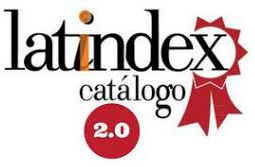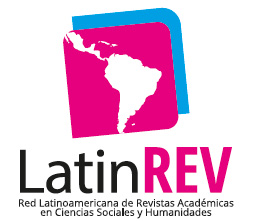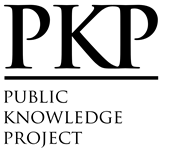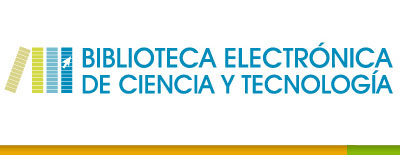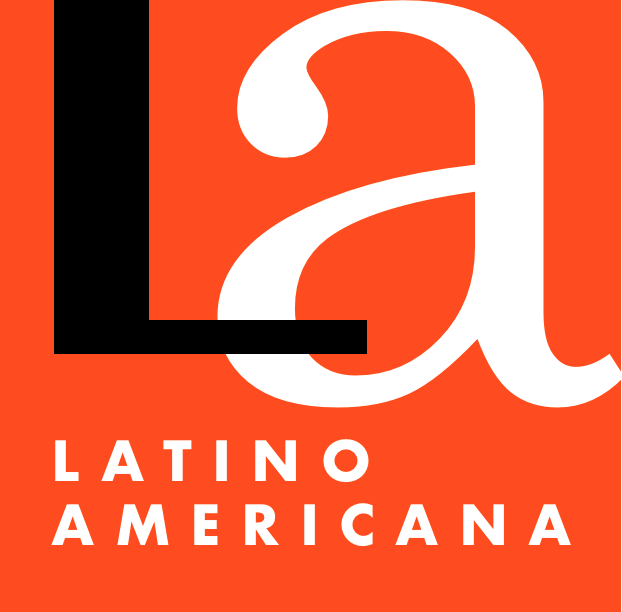Music videos and audiovisual creativity
An analysis of the Music Video Land channel on Vimeo
Abstract
Music videos are reference points in the current audiovisual landscape. This is due to the transmedia strategies they employ, the interrelations between official music videos and their adaptations by the fan community, and the remakes and remixes they leave in their wake. Today, most music videos are consumed and shared via online video platforms, which have become a vital source of income for the music business. Of these platforms, YouTube is the most well-known and studied. However, in this paper, we will analyze the music video with the greatest number of “likes” in the Music Video Land channel on Vimeo. The contents of this channel are curated by the authors of the IMVdb (Internet Music Video Database), the most important music video archive and repository of information on the web. We will carry out a quantitative analysis, combining classic criteria – such as genre, type of music video, relationship between music and image or between image and text – with a look at specific animation and filming techniques. We conclude that concept music videos for dance/electronica or indie tracks, made with advanced filming and image composition techniques, are the most popular among the curators and users of this channel.
Downloads
References
Arroyo Almaraz, I. y Baños González, M. (2013). La eficacia de la comunicación de las organizaciones del Tercer Sector en los vídeos emitidos a través de YouTube. Historia y Comunicación Social, (18), 615-626. http://dx.doi.org/10.5209/rev_HICS.2013.v18.43993.
Austerlitz, S. (2007). Money For Nothing: A History of the Music Video from the Beatles to the White Stripes. Nueva York: Continuum Books.
Berland, J. (2008). Postmusics. En Bloustein, G., Luckman, S. y Petrs, M. (Eds.), Sonic synergies: music, technology, community, Identity. Aldershot: Ashgate.
Caro, A. M. (2014). Elementos narrativos en el videoclip: desde el nacimiento de la MTV a la era YouTube (1981-2011). [Tesis doctoral]. Departamento de Comunicación Audiovisual y Publicidad y Literatura, Universidad de Sevilla.
Goodwin, A. (1992). Dancing in the distraction factory: Music television and popular culture. Minneapolis: University of Minnesota Press.
Jódar-Marín, J. A. (2017). Evolución del montaje y postproducción del videoclip musical: del jumpcut a los VFX como paradigma de iconicidad y puesta en escena. Revista Mediterránea de Comunicación, 8(2), 119-128. https://www.doi.org/10.14198/MEDCOM2017.8.2.8.
Karpovich, A. (2009). The Audiences as editor: The role of Beta Readers in Online fan Fiction Communities. En Helleksen, K. y Busse, K. (Eds.), Fan Fiction and Fan Communities in the Age of the Internet: new Essays. Jefferson: McFarland.
Kong, Q., Rizoiu, M. A., Wu, S. y Xie, L. (2018). Will This Video Go Viral? Explaining and Predicting the Popularity of Youtube Videos. WWW '18: Companion Proceedings of the The Web Conference 2018, 175-178. https://doi.org/10.1145/3184558.3186972.
Korsgaard, M. (2012). Creation and Erasure: Music Video as a Signaletic Form of Practice. Journal of Aesthetics & Culture, 4. https://doi.org/10.3402/jac.v4i0.18151.
Korsgaard, M. (2013). Music Video Transformed. En Vernallis, C., Herzog, A. y Richardson, J. (Eds.), The Oxford Handbook of Sound and Image. Nueva York: Oxford University Press.
Korsgaard, M. B. (2018). Music video after MTV. Audiovisual studies, New media, and Popular Music. Nueva York: Routledge.
Leguizamón, J. A. (2001). El videoclip como formato o género h. Obtenido el 20 de febrero de 2020 de http://www.archivo-semiotica.com.ar/Leguiz.html.
Manovich, L. (2013). Software takes command. Nueva York: Bloomsbury Academic.
Peverini, P. (2010). The Aesthetics of Music Videos: An Open Debate. En Keazor, H. y Wübbena, T. (Eds.), Rewind, Play, Fast Forward. The Past, Present and Future of the Music Video (pp. 135-153). Bielefeld: transcript.
Picazo-Sánchez, L. (2016). Patrones del comportamiento viral en vídeo. Modelos de contagio viral en YouTube. Documentación de las Ciencias de la Información, (39), 313-331. http://dx.doi.org/10.5209/DCIN.54421.
Renderforest (2019). 10 estilos de animación, ¿cuál es su favorito? Obtenido el 5 de febrero de 2020 de https://www.renderforest.com/es/blog/10-animation-styles.
Sachak-Patwa, R., Fadai, N. T., Van Gorder, R. A. (2018). Understanding viral videodynamics through and epidemic modelling approach. Physica A: Statiscical Mecanics and its Applications, (502), 416-435. https://doi.org/10.1016/j.physa.2018.02.083.
Scolari, C. (2013). Narrativas Transmedia: Cuando todos los medios cuentan. Barcelona: Deusto.
Sedeño-Valdellós, A. (2002). Lenguaje del videoclip. Málaga: Servicio de Publicaciones de la Universidad de Málaga.
Sedeño-Valdellós, A. (2012). Producción social de videoclips. Fenómeno fandom y vídeo musical en crisis. Revista Comunicación, 1(10), 1224-1235. Obtenido el 10 de enero de 2020 de http://www.revistacomunicacion.org/pdf/n10/mesa7/095.Produccion_social_de_videoclips-Fenomeno_fandom_y_video_musical_en_crisis.pdf.
Sedeño-Valdellós, A., Rodríguez-López, J. y Roger-Acuña, S. (2016). El videoclip postelevisivo actual. Propuesta metodológica y análisis. Revista Latina de Comunicación Social, (71), 332-348. Obtenido el 15 de diciembre de 2020 de http://www.revistalatinacs.org/071/paper/1098/18es.html.
Shaviro, S. (2010). Post-cinematic affect. Wincheester and Whasghinton: Zero Books.
Simeon, E. (1992). Programmi narrative e stratificazioni del senso nella musica per film. Il caso di “Entr’acte”. En Dalmonte, R. y Baroni, M. (Eds.), Atti di Secondo Convegno Europeo di Analisi Musicale (pp. 389-399). Trento: Università degli Studi di Trento.
Tapper, J., Thorson, E. y Blac, D. (1994). Profile: Variations in music videos as a function of their musical genre. Journal of Broadcasting and Electronic Media, 38(1), 103-113. https://doi.org/10.1080/08838159409364249.
Vernallis, C. (2004). Experiencing music video. Nueva York: Columbia University Press.
Vernallis, C. (2013). Unruly Media: YouTube, Music Video, and the New Digital Cinema. Oxford: Oxford University Press.
The authors retain the copyright and guarantee the journal the right to be the first publication of the work. In case that a translation of the article already published in Austral Comunicación can be published in another journal, it is requested to record the original publication in the translated version.
The license used is CC BY-NC-SA, which allows sharing (copying and redistributing the material in any medium and format) and adapting (remixing, transforming and building on the material) under the following terms: attribution (acknowledge authorship) and non-commercial (the material cannot be used for commercial purposes). Update: February 1, 2022.
Austral Comunicación allows the author (s) to retain the publication rights without restrictions.








